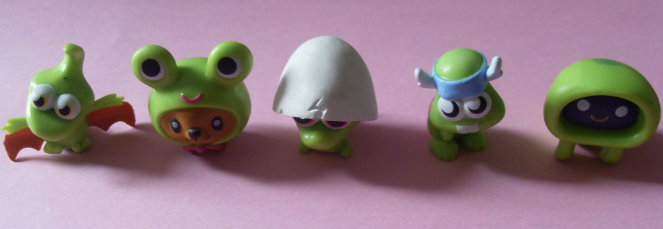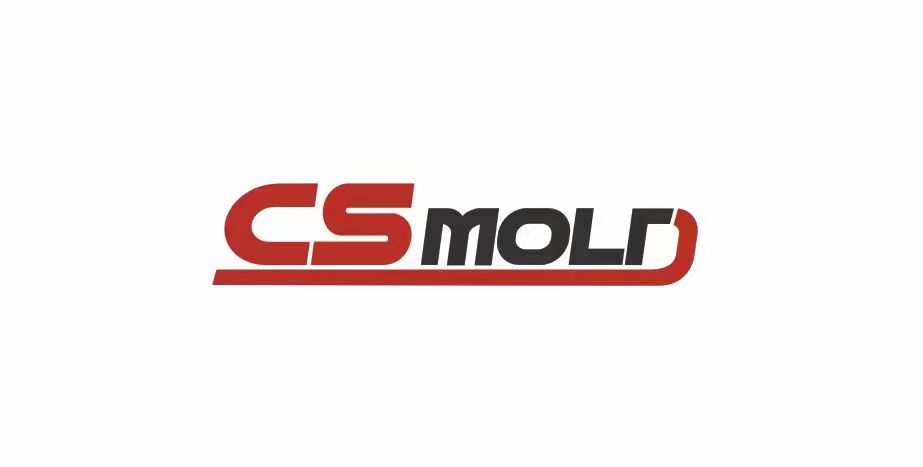
Vacuum forming (also known as thermoforming) is a simple method for manufacturing plastic parts: a sheet of plastic is heated and softened, shaped using a mold, and then cooled to form the desired shape. This process is ideal for creating large or thin-walled parts, covering everything from packaging to product casings. At CS Molding, we serve multiple industries including food, electronics, and toys, helping clients select the most suitable thermoforming materials for their needs.
I. Common materials and characteristics
1.PVC (Polyvinyl Chloride): Flexible and economical, suitable for everyday use
PVC is one of the most commonly used materials in thermoforming. It is flexible, easy to shape, and relatively inexpensive, making it a common material in many everyday items.
1.1Core Characteristics:
① Flexible options are available: flexible (bendable without breaking) or rigid (as hard as a box), customizable to specific needs.
② Easy to dye, available in bright red, bright blue, and other colors, as well as transparent versions.
③ Excellent water resistance; does not absorb moisture.
1.2 Applicable Scenarios:
① Packaging: Blister packaging for toys, small tools, and cosmetics (transparent PVC allows customers to see the product inside).
② Protective Covers: Dust covers for electronic products, soft covers for books.
③ Food Trays: Small trays for candies and snacks (food-grade PVC is used for this scenario).
2. PET (Polyethylene Terephthalate): Environmentally friendly and safe, suitable for food scenarios.
PET is favored by the food industry and environmentally conscious brands. It is strong, recyclable, and safe when in contact with food.
2.1 Core Characteristics:
① High strength and lightweight, suitable for packaging that needs to be carried.
② Recyclable, meeting current consumer preferences for environmentally friendly materials.
③ Food-grade safe, free of harmful chemicals, ideal for food containers.
Can be made transparent or colored (transparent PET is commonly used in food packaging).
2.2 Applicable Scenarios:
① Food Packaging: Trays for fruits, salads, and ready-to-eat meals (keeps food fresh).
② Beverage Containers: Small PET cups and lids (lightweight, suitable for takeout).
③ Electronic Packaging: Hard PET shells for phone chargers and earphones (scratch-resistant).
3. PP (Polypropylene): Heat-resistant and durable, suitable for high-frequency use.
PP is tough and has excellent heat resistance, making it ideal for parts that require cleaning or are used in warm environments.
3.1Core Characteristics:
① High heat resistance, can withstand temperatures up to 100℃, suitable for microwave heating.
② Easy to clean, stains and food residue can be wiped away easily.
③ Good toughness, not easily cracked upon drop.
3.2 Applicable Scenarios:
① Food Containers: Microwaveable frozen food trays (customers can directly place the tray from the freezer into the microwave).
② Household Parts: Plastic lids for storage boxes, small storage boxes for organization.
③ Toy Parts: Large blister-formed toy storage boxes (sturdy enough for children to stack or play with).
4. PS (Polystyrene): Lightweight and inexpensive, suitable for disposable applications.
PS (foam version, often called “foam plastic”) is lightweight and inexpensive, making it ideal for disposable parts or parts where strength requirements are not high.
4.1 Core Characteristics:
① Extremely lightweight, saving on logistics costs during transportation.
② Low price, suitable for brands with limited budgets.
③ Available in foam and solid types (foam PS is softer, solid PS is harder).
4.2 Applicable Scenarios:
① Disposable packaging: Foam PS trays for meat and fish (keeps temperatures low).
② Display parts: Solid PS display stands for toys and small products (lightweight, suitable for store shelves).
③ Protective lining: Foam PS lining inside packaging boxes (protects fragile items such as glassware).
II.How to Choose the Right Material?
Choosing thermoforming materials involves focusing on a few simple questions:
① What is the purpose of the part?
② Will it come into contact with food? Choose PET or PP (both food-grade).
③ Does it need to withstand high temperatures? Choose PP (high heat resistance).
④ Environmentally friendly? Choose PET (recyclable).
⑤ How high of a strength does the part need?
⑥ To protect fragile items? Choose rigid PVC or PET.
⑦ For single use? Choose PS (inexpensive and lightweight).
⑧ What is your budget?
Limited budget? Choose PS or PVC.
Willing to invest more in quality/environmental protection? Choose PET or PP.
III. CS Molding: Your Thermoforming Partner
At CS Molding, we don’t just help clients choose materials; we also provide testing support. We create small samples with different materials so clients can visually compare the effects. Whether you need food packaging, toy casings, or electronic protective covers, we have the experience to ensure your project is successfully implemented.
For example, one client was unsure whether to use PVC or PET for tool packaging. We made two samples: transparent PVC (low cost, high strength) and transparent PET (recyclable, food-grade). Ultimately, the client chose PVC due to budget constraints, but we also kept the PET option open for future expansion into environmentally friendly product lines.
If you need to manufacture thermoformed parts but are unsure which material to choose, please contact CS Molding. We will review the options and help you make the most suitable choice.



